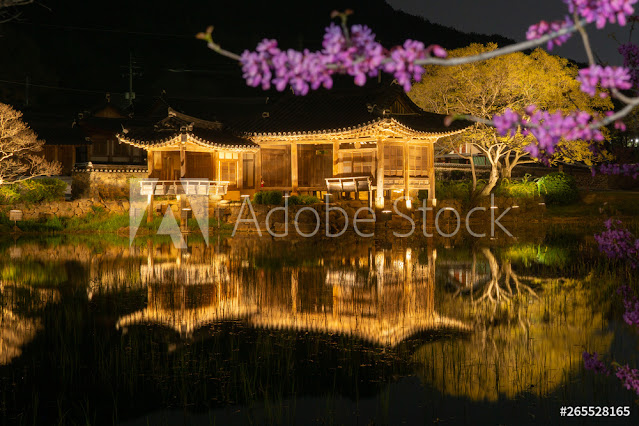The Gochang, Hwasun and Ganghwa Dolmen Sites are the location of hundreds of stone dolmens which were used as grave markers, and for ritual purposes during the first millennium BCE when the Megalithic Culture was prominent on the Korean Peninsula. Korea is said to contain more than 40% of the world's dolmen, which are mostly concentrated in these three sites.
Dolmen in Korea have been dated to the 7th century BC in locations such as Gochang and the practice ended around the third century BCE. The dolmen culture is linked with the Neolithic and bronze cultures of Korea.
Dolmens are generally classified as two types in East Asia. The table/northern-type and the go-board/southern-type. In the former, four stones were positioned to make the walls of a box and were capped by a stone which lay on top of the supports. The latter is characterized by underground burial with stones that supported the capstone.
Excavation at the sites did not begin until 1965. Since then, multiple digs have been sponsored and an extensive program of inventory and preservation has been initiated by the Korean government.
Recognized by UNESCO in 2000, dolmens in Gochang, Ganghwa and Hwasun are considered the finest artifacts for studying the social structure of Korea in the Bronze Age and cultural exchanges with people in Northeastern Asia during the Prehistoric Era. In particular, the dolmens' exact construction process can be seen from existing quarries, providing vital materials in studying the history of dolmens and how they have changed over time.








